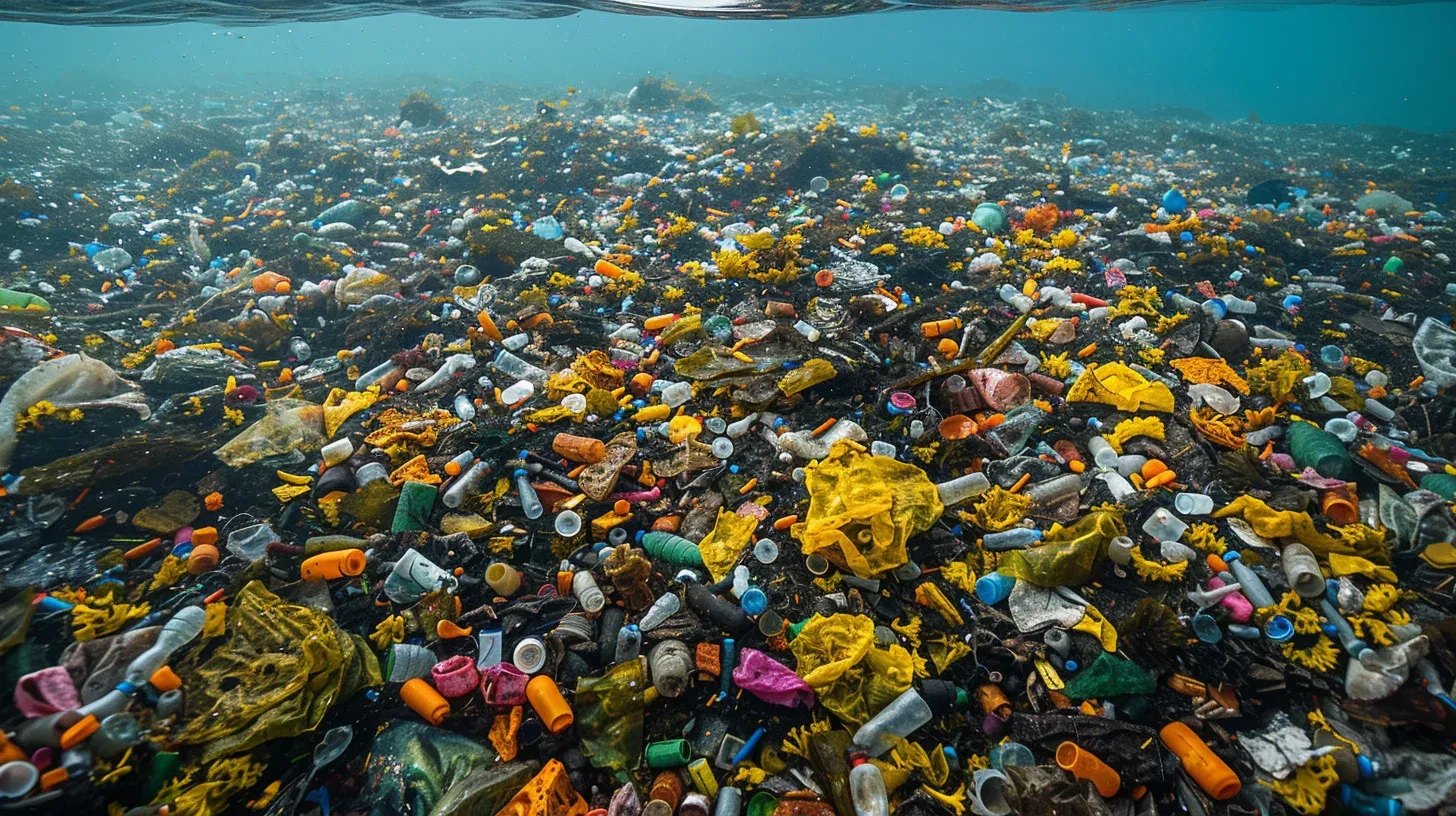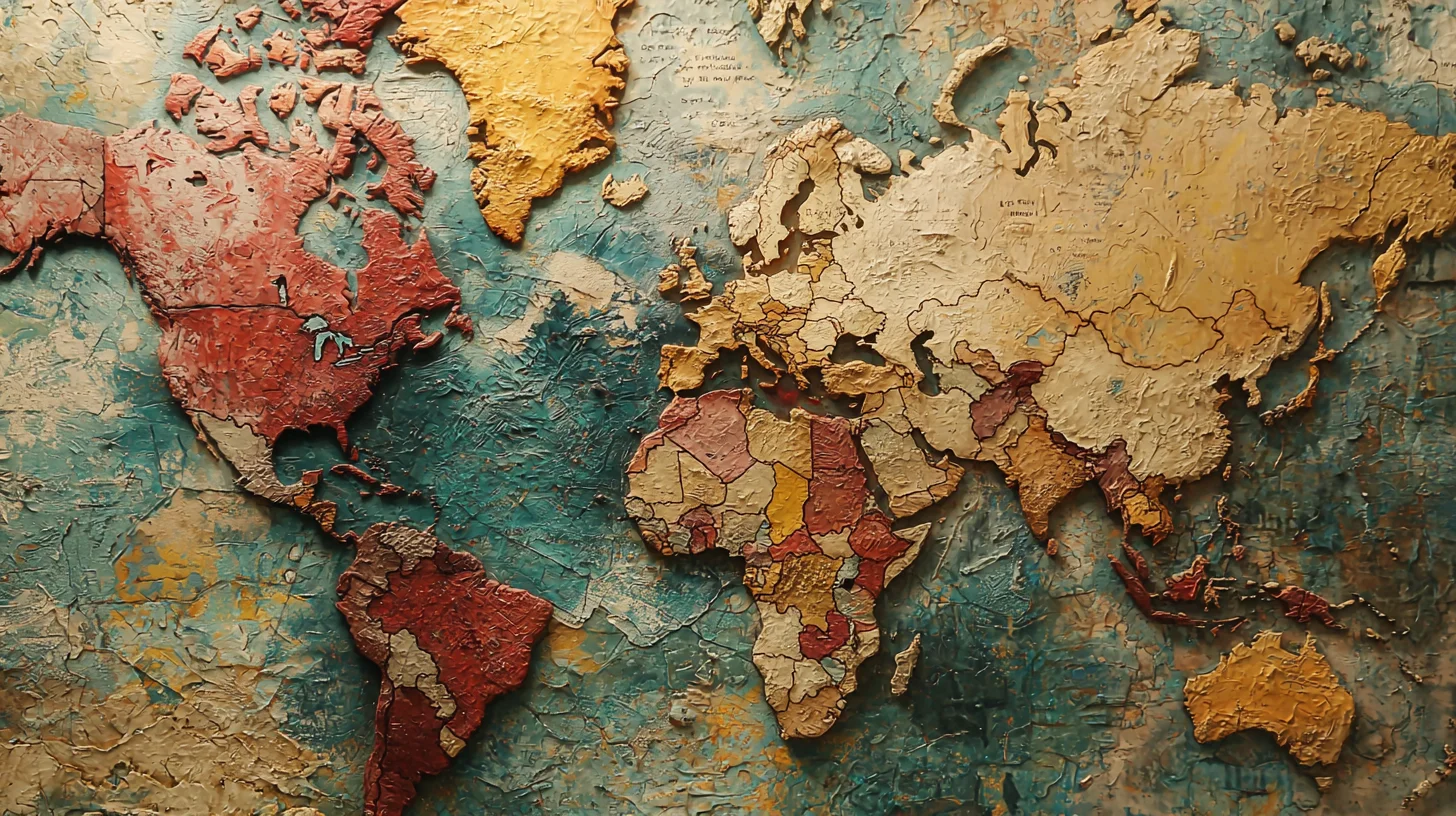25 February 2024
Microplastics in the Oceans An Invisible Crisis Unfolding.

Press the play button in the top right corner to listen to the article
The invasion of microplastics into our oceans has escalated into a dire environmental crisis, with staggering statistics highlighting the magnitude of the situation. Every year, approximately 8 million tons of plastic waste enter our oceans, contributing to an estimated 150 million metric tons circulating in marine environments worldwide. This influx of plastics breaks down into microplastics, which have been detected in every corner of the globe, from the icy waters of the Arctic to the depths of the Mariana Trench.
Recent studies offer a grim outlook, revealing that microplastic contamination affects over 800 marine species. Birds, fish, and even plankton ingest these particles, with research estimating that fish in the North Pacific ingest up to 24,000 tons of plastic annually. The implications for marine life are severe, ranging from gastrointestinal blockages to exposure to toxic chemicals associated with plastics.
Human consumption of seafood further complicates the issue. A study published in Environmental Science & Technology suggests that the average person could be ingesting approximately 11,000 pieces of microplastic per year through seafood alone. This ingestion poses potential health risks, as microplastics can carry harmful pollutants, including PCBs and DDT, which have been linked to cancer and other health conditions.
The battle against microplastics has seen various initiatives, from international agreements aimed at reducing plastic waste to local bans on single-use plastics. The elimination of plastic straws, a move adopted by numerous companies and countries, symbolizes a broader effort to tackle plastic pollution. While such measures are steps in the right direction, experts argue that they are insufficient to address the scale of the problem. Comprehensive strategies that encompass reducing plastic production, enhancing waste management, and promoting alternative materials are crucial for making significant progress.
Innovative solutions are emerging, ranging from the development of biodegradable plastics to technologies designed to capture plastics before they reach the oceans. Projects like The Ocean Cleanup aim to remove existing plastic waste from the ocean, but their success and scalability remain subjects of ongoing research and debate.
The fight against microplastic pollution underscores the need for a multifaceted approach, combining policy, innovation, and public awareness. It calls for a global commitment to reducing plastic consumption and improving waste management, alongside investments in research to understand and mitigate the impacts of microplastics on the environment and human health.
The statistics paint a clear picture: the microplastic crisis demands urgent action. While initiatives like banning plastic straws are positive steps, solving the problem will require systemic changes to our production, consumption, and disposal of plastics. Only through concerted global effort can we hope to stem the tide of microplastics and safeguard the health of our oceans and ourselves.
The content, including articles, medical topics, and photographs, has been created exclusively using artificial intelligence (AI). While efforts are made for accuracy and relevance, we do not guarantee the completeness, timeliness, or validity of the content and assume no responsibility for any inaccuracies or omissions. Use of the content is at the user's own risk and is intended exclusively for informational purposes.
#botnews















































































